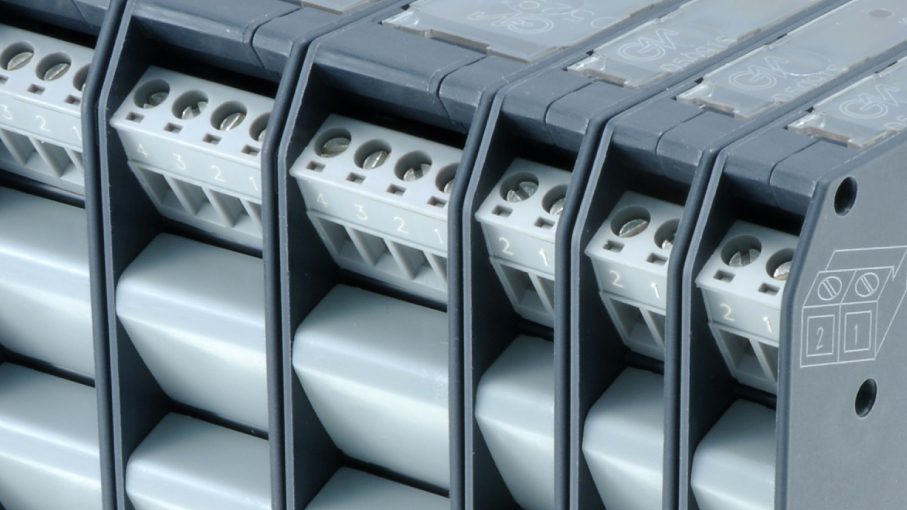A safety relay is a device that performs safety functions and is needed in installations and systems where a standard electromechanical relay is not safe enough.
In complex modern industrial plants, the evaluation of risks associated with any system is really important in order to achieve an acceptable level of safety. From a design and operational point of view, it is included in the safety systems regulations indicated in the international standard IEC 61508 as SIS (Safety Instrumented System). One or more safety functions are associated with Safety Instrumented Systems, called SIF (Safety Instrumented Function). SIF’s main task is to maintain or reach the safe state for the EUC (Equipment Under Control). The safety function can be evaluated through the SIL (Safety Integrity Level).
The standard defines SIL as the measure of safety integrity, that means the probability that the safety system is able to perform the specific safety function. SIL levels range from 1 (the lowest level) to 4 (the highest level).
One of the SIL requirements that a safety system has to meet concerns the PFDavg or PFH, (Average Probability of Failure on Demand / on Demand per Hour), that is the probability of dangerous random failures. Considering obtained values, the standard indicates the tables for determining the corresponding SIL level.
Safety Relays with line and load monitoring
Tipically, coupling relays for marshalling control panels, SIL2 / SIL3 safety relays, SIL2 / SIL3 smart relays with line and load monitoring, are used in the industrial sector. For critical applications, the use of safety relays is mandatory. Whenever the use of a relay is required in a SIF safety function, compliance with the IEC 61508 and IEC 61511 standards is required. Typical cases are represented by controllers that do not meet power requirements or the management of multiple contacts.
SIL certified relays are not exclusively used in Oil&Gas and Petrochemical sectors but also in railways, automotive, elevators, power distribution and in contexts where the failure of a relay can cause a serious accident.
Applications and Features
On the field side, contacts are typically activated by the digital outputs of a PLC or DCS. Typical applications concern solenoid valves in ESD and Fire & Gas systems, signaling devices, burner management systems (BMS), AC or DC motors.
A standard relay cannot be used in a SIF, while a SIL certified safety relay is a relay with a known and proven ability to provide safety functions. These functions have the goal to obtain a certain safety state on request (i.e. opening a relief valve or activating a fire protection system).
In most emergency applications (ESD, HIPPS, BMS etc.), NE (normally energized) safety functions can be activated according to the “de-energize to safe” procedure (DTS). In Fire & Gas (F&G) applications most of the ND (normally de-energized) safety functions can be activated according to the “energized to safe” procedure (ETS). These procedures arise four relay and load operating conditions which can be normally energized (NE) or de-energized (ND). Therefore, in comparison with a standard relay, the safety relay grants higher reliability, flexibility in test phase and safety in case of energizing/de-energizing of the system.
It is through the implementation of architectures with multiple relays with DTS applications in series or ETS in parallel (using one circuit at a time) that we can affect availability and safety. Even a higher SIL requirement (for example SIL 3) affects the effectiveness of a safety relay, reducing the risk.
In the typical set of features of a safety relay we should consider other characteristics as well. For instance, integrated diagnostic functions, manual control, immunity to test pulses, multiple and gold-plated contacts (material to switch both power and low-level circuits), as well as low failure rates (determinable with FMEDA analysis). All the previous features complete the typical characteristics of a safety relay.
Would you like to know more? Watch our webinar “A standard relay can't be used in a SIF” at GMI YouTube channel


